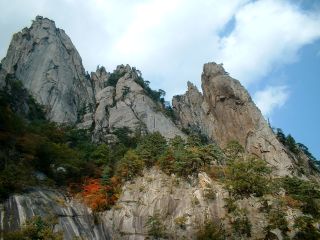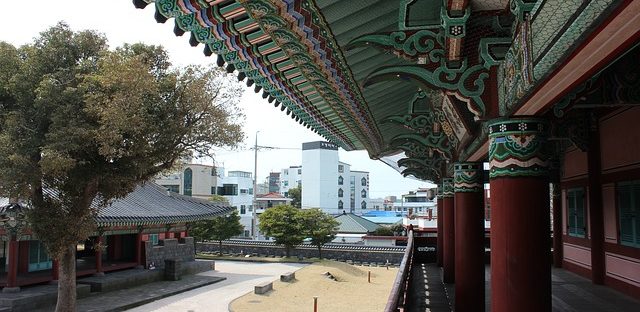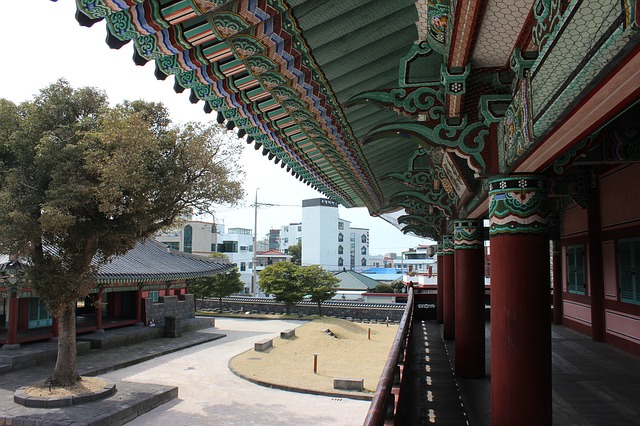- Target: 100% renewable energy by 2045.
- Status: In progress
- RES: 6 MW of wind power and 1.7 MW of mini-hydropower.
- Implementation: The county of Inje in the Province of Gangwon-do is located in the north of the Republic of Korea, bordering with North Korea. The rural county is covered with around 88% of forest. In 2015, Inje County developed the ‘Inje 2045 Zero Energy Independence Plan’, to transform itself into Eco Inje by transitioning to 100% by 2045. To achieve this target, Inje County is taking advantage of its natural environment, particularly its hilly landscapes and water resources. Its Plan would set out five main policy areas: 1) Expansion of New Renewable Energy production, 2) Energy Efficiency, 3) Energy conservation & Creation of Civic culture, 4) Expansion of Carbon Sinks, and 5) Building & Strengthening cooperative foundation. Some of the actions already implemented include 6 MW of wind power and 1.7 MW of mini-hydropower generation capacity. Inje's plan has been strengthened by adopting the best scenario through the '2015-2016 Energy-safe Cities' program in cooperation with ICLEI Korea and other relevant organizations in Korea. One of main challenges for Inje County remains the ability to create solid partnerships among relevant stakeholders such as the private sector, military and residents.
- Population: 34,120 (2000)
- Area: 1,646.33 km2(635.65 sq mi)
- Link: Gangwon Windfarm


